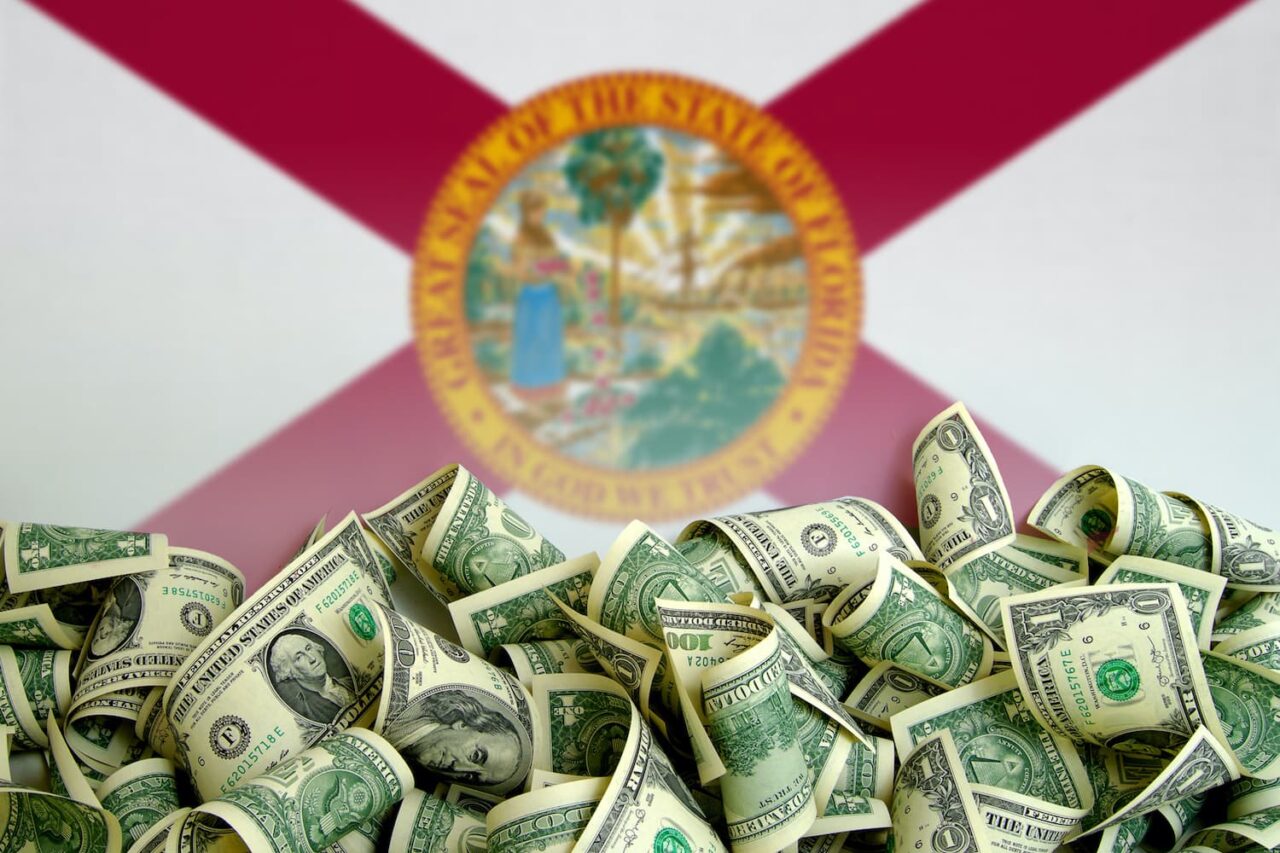
The House and Senate have released their “sprinkle lists” for the coming fiscal year, outlining spending for dozens of projects amounting to millions of dollars.
The sprinkle list is what Capitol insiders call the last-minute budget items used to sweeten the pot and provide funding for some pet projects.
Each year, legislative leaders withhold some money from the budgeting process until the end. As explained in 2015 by Jason Garcia for Florida Trend: The money can be “used to sprinkle one last helping of hometown projects into the budget in order to get a budget deal done.”
Floridians are getting what Senate President Wilton Simpson promised when he teased earlier Monday that negotiators would present a “salt shaker full” of sprinkles.
Leaders agreed on about $350 million for local projects, from youth organizations and educational programs to rail safety and law enforcement. Also, lawmakers decided to provide an additional $1.2 million to increase the salaries of some state agency heads.
The Senate outlines spending for 115 projects, worth a total of $165.5 million, $26.2 million of which are recurring funds. Meanwhile, the House funds 76 projects worth $182.2 million, $47 million of which are recurring dollars.
“A significant percentage in the supplemental is mostly good government,” said House top budget negotiator Jay Trumbull. “We spent just about as much on good government issues as we did on member projects.”
The House’s largest expenditure is $80.7 million to help the Agency for Persons with Disabilities waiver list.
“(It) not only takes care of the ones that those that are critical on the list, but also it even gets down to maybe even the fourth category on the list so making a significant amount of increase in funds for folks that are most vulnerable,” Trumbull said.
Their next-largest ask, $20 million, would benefit the Department of Education and Schools of Hope.
On the Senate side, the largest total is $18.5 million for Florida State University’s Interdisciplinary Research Commercialization Building on the university’s southwest campus. Another big ask, $17.6 million, would create Program for All-Inclusive Care for the Elderly, or PACE, slots across the state.
The pool of money has been described as a “super-preeminence” fund. Budget negotiators last year defended their lists — including 170 local projects from the Senate and 124 from the House — despite the COVID-19 pandemic and the possible effects on state revenue, some of which came to light.
With an infusion of about $10 billion in federal stimulus money, the 2021-2022 budget — which is expected to hit lawmakers’ desks on Tuesday — will easily top the roughly $92.2 billion spending plan for the current fiscal year, which ends June 30.
Lawmakers agreed on spending more than $6.6 billion of the stimulus money headed to Florida from the American Rescue Plan, which President Joe Biden signed last month. Among the moves Monday, the House went along with spending $208 million that Gov. Ron DeSantis had requested to cover bonuses for state and local emergency first responders, including law enforcement officers, firefighters, correctional officers and emergency medical technicians.
Because of a legally required 72-hour “cooling off” period, the budget is required to be finalized and printed Tuesday for the annual legislative session to end on time Friday. The House and Senate as of Monday night had not agreed on “implementing” and “conforming” bills that accompany the budget. Unlike the budget, those bills are not bound by the 72-hour review period.
The House and Senate sprinkle lists are available online.
___
The News Service of Florida contributed to this post. Republished with permission.



